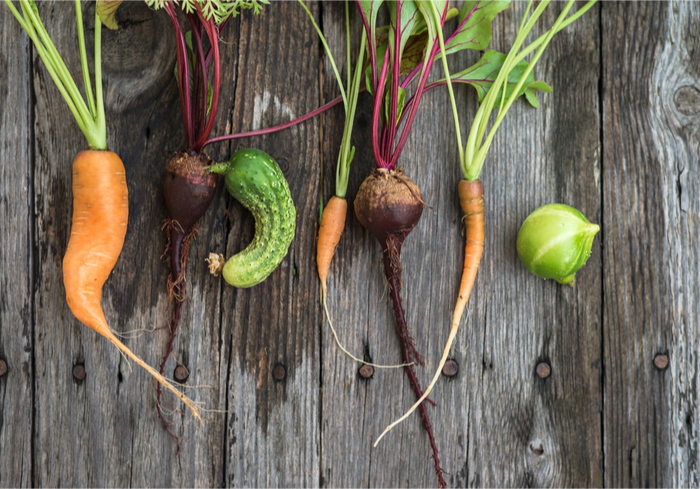
When food approaches its “best by” date, grocers are faced with a dilemma: What to do with food that is good but may expire before they can sell it? Josh Domingues thinks the answer is to sell those items at a discount through a dedicated app — or even sell them through a subscription box.
The seed for such a service was planted in Domingues’ mind when his sister, who worked for a catering company, told him that she had to throw out $4,000 in food. Later, Domingues lived above a grocery store and began to wonder: How much food was wasted at the store below? He soon discovered that expired food was a costly problem for grocers.
“The average grocery store is throwing out about five or six thousand dollars-worth of food a day,” Flashfood’s Founder and CEO Josh Domingues told PYMNTS in an interview.
Services such as Flashfood can offer grocers an alternative: Soon-to-expire items can be sold at a discount through a mobile app instead. Through the Canada-based company, grocers can free themselves of everyday grocery items such as yogurt or cottage cheese that might otherwise might go unsold. After launching his service, Domingues recognized an additional sales channel for grocers — the subscription box.
Finding a New Market
After connecting with grocers, Domingues discovered that it was sometimes challenging to expand his service to new stores. So, he decided to add a subscription box to his offerings. To source produce for the box, he reached out to farmers to supply produce, such as misshapen carrots that were still good to eat but weren’t visually appealing enough for traditional retail. He also linked up with Tyson Foods Innovation Lab, which was looking to reduce their food waste, to provide protein for the box.
“They have some products that still have 35 to 45 days of shelf life that retailers won’t accept,” Domingues said. “It’s still perfectly healthy … a very high-quality product.”
Domingues takes all those items and packages them into a box, which consumers can have delivered on a weekly, biweekly or monthly basis (they can place a single order too). During the process, he noticed a consumer purchasing pattern: Customers who order a biweekly subscription tend to be a couple or a single individual, while families of four to five people seek a box on a weekly basis. Domingues currently offers the same size box to all customers, but he said that he might offer a variety of box sizes in the future.
To get the word out about the service, the company found luck through social media. Domingues said Flashfood spreads quickly online because of the story behind the firm and the authenticity of his brand. “We end up driving quite a few shares and mentions and comments through social media,” Domingues said.
Getting Customers into the Store
Beyond the boxes, customers can buy surplus food through Domingues’ original business model: Through the Flashfood app, they can order and pay for their groceries, which are waiting for them at a brick-and-mortar grocery store. Once Flashfood customers arrive at the designated store, they head to a dedicated refrigerator that is stocked with Flashfood items. They can then proceed to a dedicated checkout line where their purchases are confirmed. However, while in the store, consumers usually end up making additional purchases.
Naturally, this idea is part of Domingues’ sales pitch to grocers: If you bring in customers with the mobile app to pick up their discounted food, they may decide to buy other products at full price in the store. In fact, Domingues said the average Flashfood customer spent 1.5 times the cost of their discounted surplus food order in regular full-priced food. In other words, if customers spend $10 through his app, they spend roughly $15 more at the store on other items. And the benefits of his service go beyond the retailer.
“[Flashfood] benefits the retailer; it benefits the consumer and it benefits the environment by reducing food waste,” Domingues said.
What’s Next
Beyond Canada, Flashfood is looking to the U.S. market. Domingues recently rolled out his service in Detroit, which it will use as a test market for 90 days. Going forward, he hopes to expand his service across the U.S. In particular, he wants to solve the challenge of food deserts — communities where there is a lack of healthy food.
Though there’s been a significant push toward healthier foods and lifestyles in recent years, the fact remains that a large portion of the U.S. still lives without easy access to fresh fruits and vegetables. According to data from DoSomething.org, close to 24 million Americans currently live in communities without neighborhood grocers, regular farmers markets or even supermarket chains with produce sections.
But with Flashfood, Domingues hopes to change that as he eyes a potential long-term U.S. expansion of his service. “Hopefully, we’re in every state in five years’ time,” Domingues said.